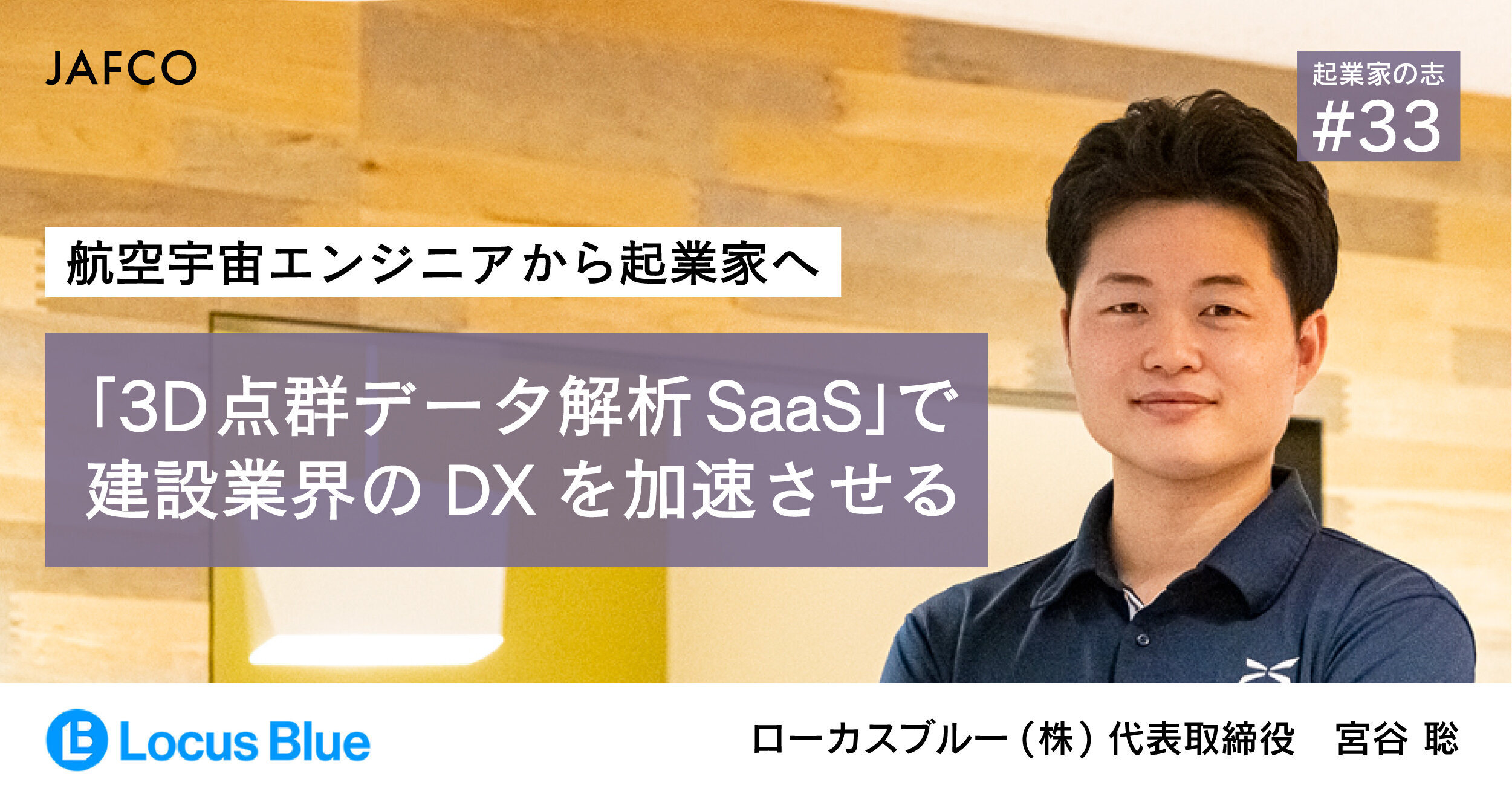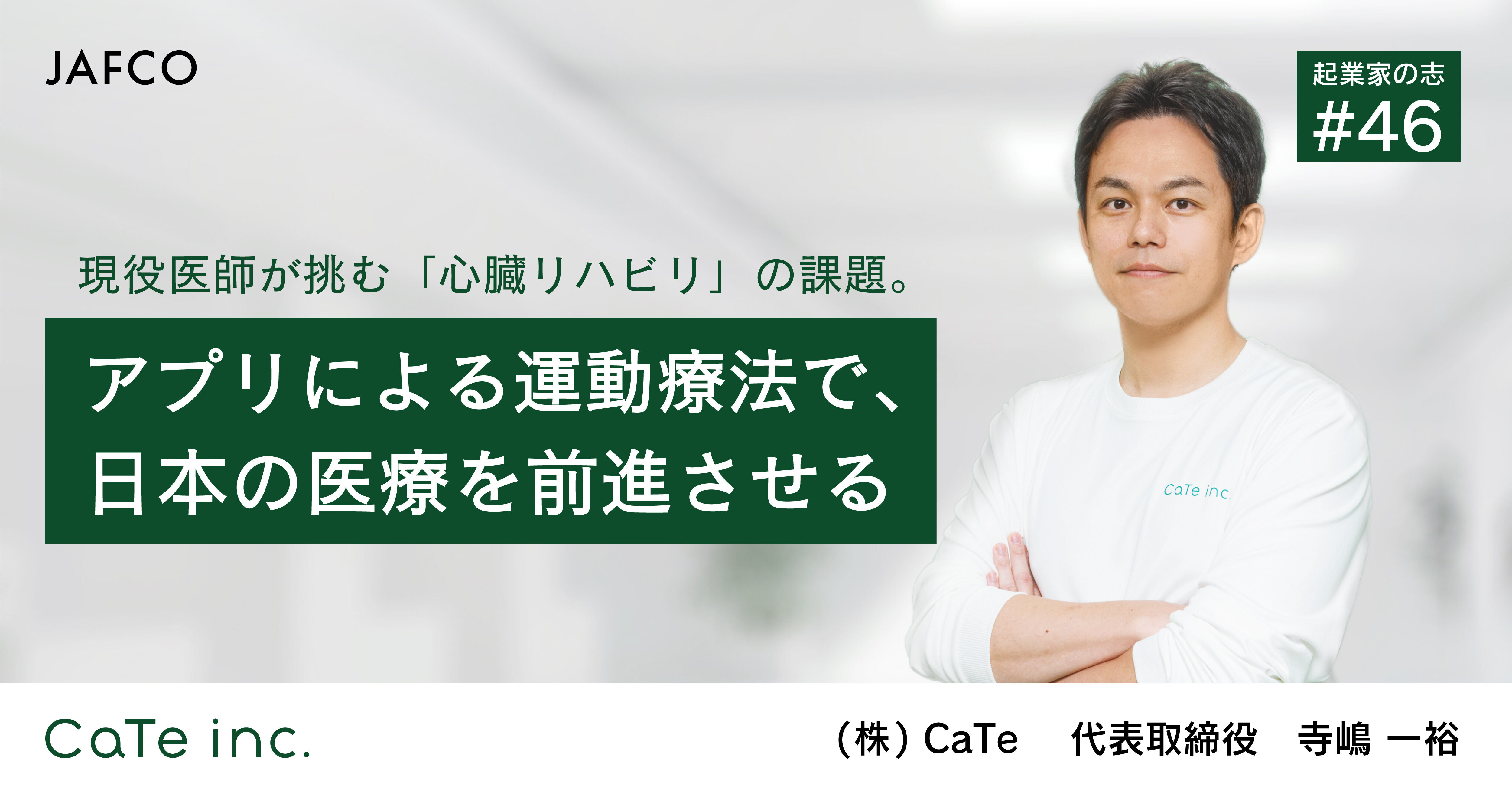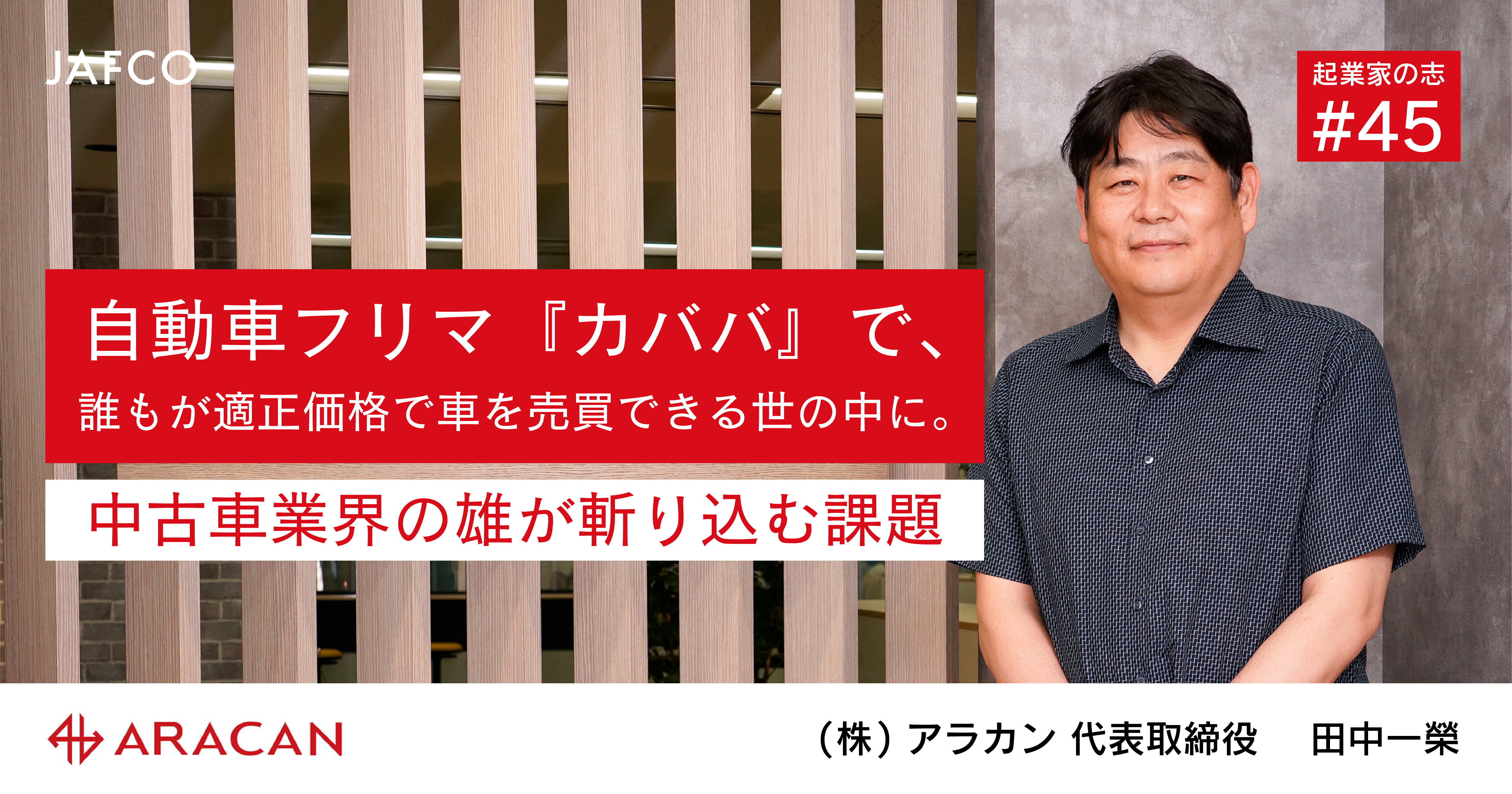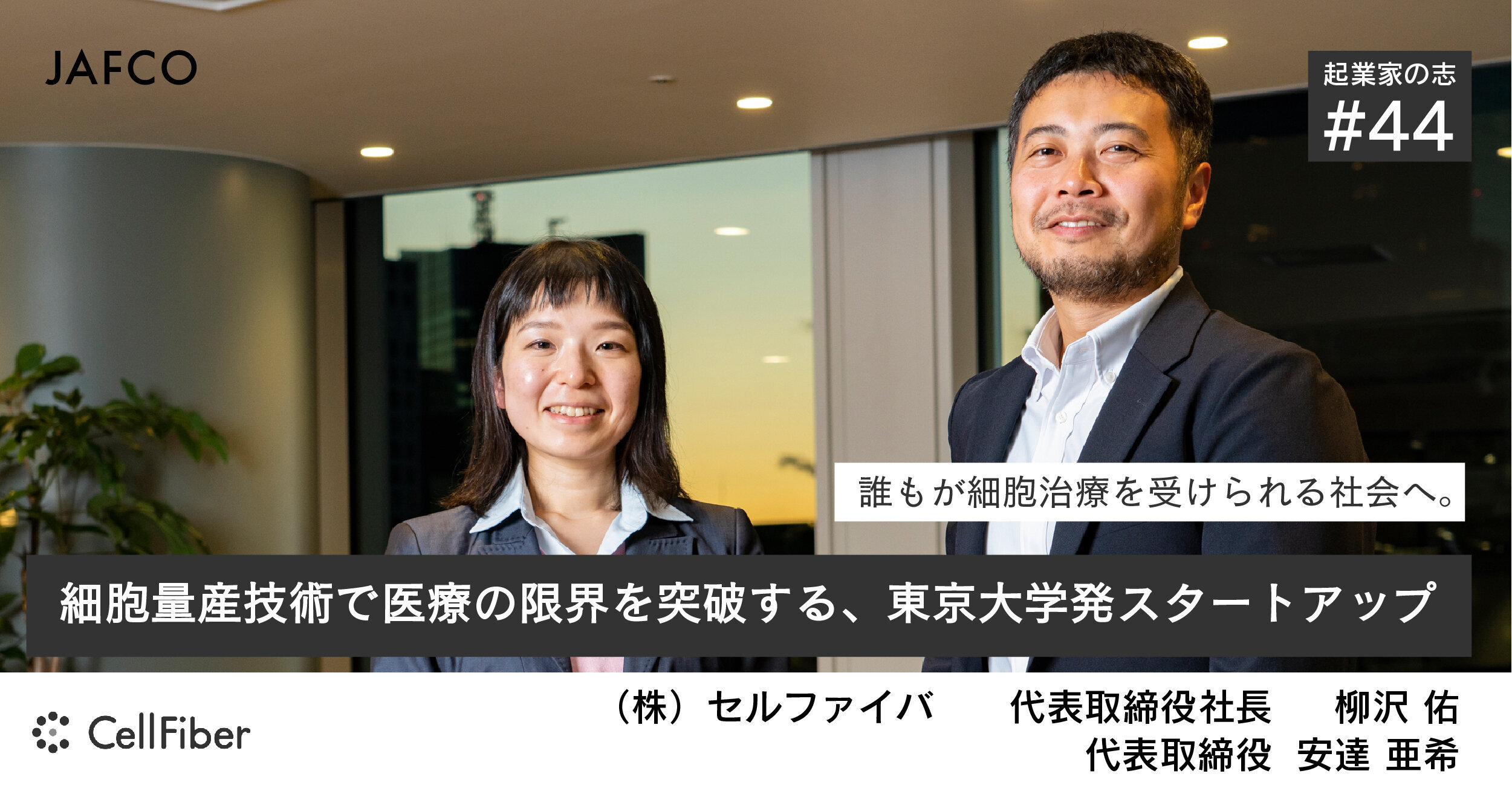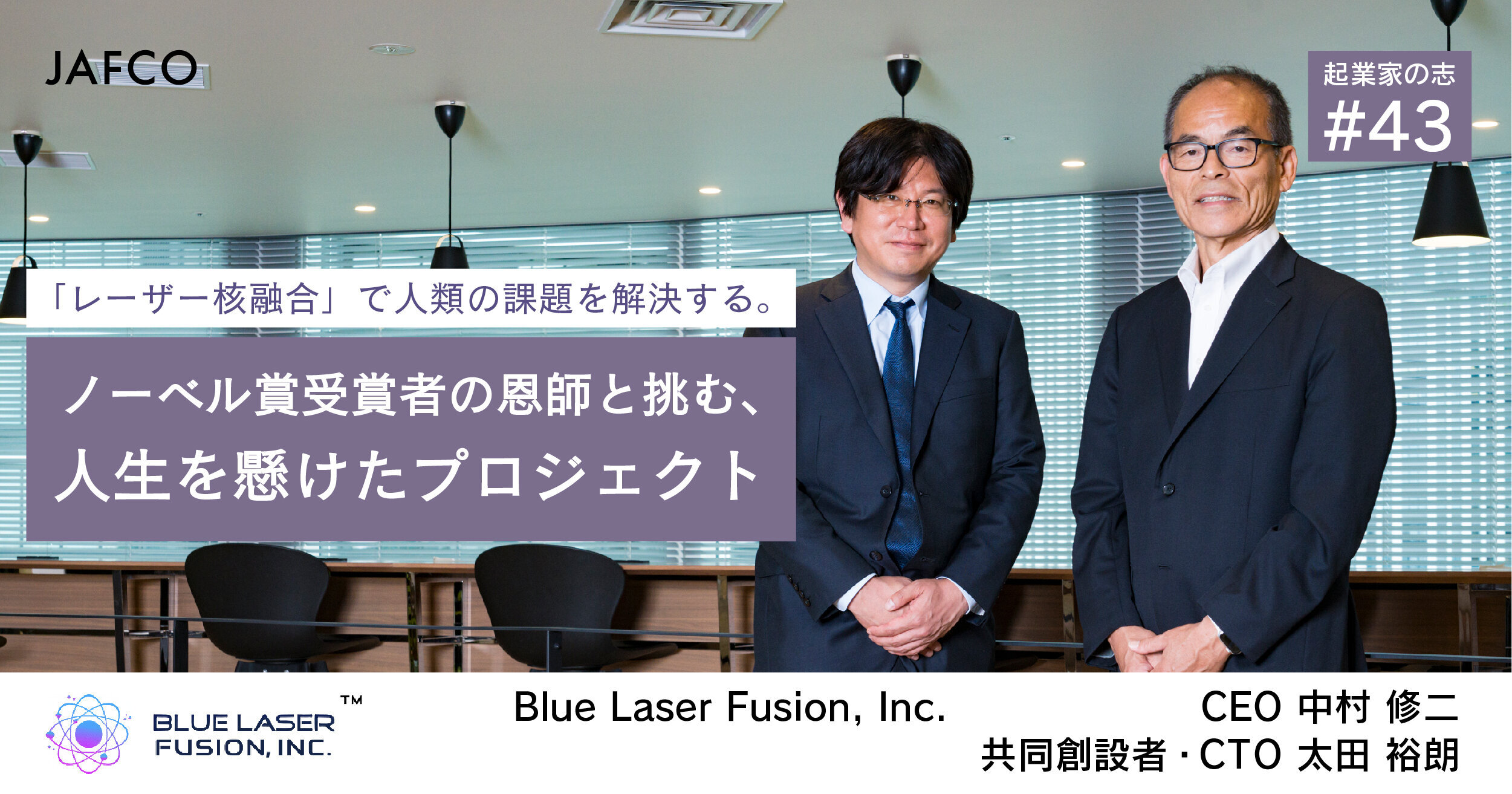"Entrepreneur's aspirations" to hear the background of deciding to start a business, the conflicts until the business gets on track, and the desires to realize through the business.
In our 33rd edition, we interviewed Mr. Satoshi Miyatani, CEO of Locus Blue Co., Ltd., which provides 3D point cloud data analysis SaaS "Scan X".
【Profile】
Locus Blue Co., Ltd. CEO Satoshi Miyatani
Born in March 1990, in Nobeoka City, Miyazaki Prefecture. Completed the Department of Aeronautics and Astronautics, University of Tokyo in March 2015. Participated in the Hayabusa2 research project in collaboration with JAXA. Completed ISAE-SUPAERO in September 2016. In the same year, he joined Airbus, a European aircraft manufacturer, and after being involved in a drone project, joined startups such as Airware in Silicon Valley and Airobotics in Israel, where he worked on software development. Established Scan X (now Locus Blue) in October 2019. His recent favorite phrase is "Love the struggle."
[What's Locus Blue Co., Ltd.?]
Locus Blue provides software "Scan X" that can classify and analyze 3D point cloud data online acquired by various devices such as laser scanners (LiDAR) with high accuracy. Established in 2019 by Satoshi Miyatani, the current CEO, using his experience in creating 3D data of mines, construction sites, and oil plants around the world at his previous job at overseas startups. In promoting smart cities, the Ministry of Land, Infrastructure, Transport and Tourism also aims to realize digital twins. Locus Blue aims to solve problems in various fields by utilizing 3D point cloud data, which is expected to be used more and more.
Becoming an aerospace engineer who longs for space and travels around the world
ーMr. Miyatani, a former aerospace engineer. Please tell us how you became interested in this sector.
My hometown is a town in the mountains of Miyazaki Prefecture. It was an area with a population of about 2,000 with no convenience stores, so I used to do astronomical observations from an early age. That's why I wanted to be an astronaut at first. My family used to run a dental clinic, so I went to a dental school once, but I couldn't give up on my dream of going into space, so I reentered the University of Tokyo, which has an aerospace engineering department. It seems that my parents wanted me to succeed the clinic, but since I was the first to go to the University of Tokyo from that town, they supported me, like "Okay, then." (laughs).
ーAfter that, what kind of work were you involved in at JAXA?
JAXA is conducting joint research with a laboratory at the University of Tokyo, and I was involved in the development of Hayabusa2 in my graduate school days. When Hayabusa2 returned to Japan last year and the capsule arrived in Japan, I saw a lot of professors and other people who helped me when I was a student in the news. I was moved by the fact that the probe I was involved in had gone so close to Mars and came back.
-Was there a path to becoming a full-fledged astronaut?
Maybe. However, there was no astraunaut recruitment. Actually, I haven't given up on my dream of becoming an astronaut. Seeing entrepreneurs around the world embarking on the space business makes me want to make Locus Blue a success and take on the challenge of a space business.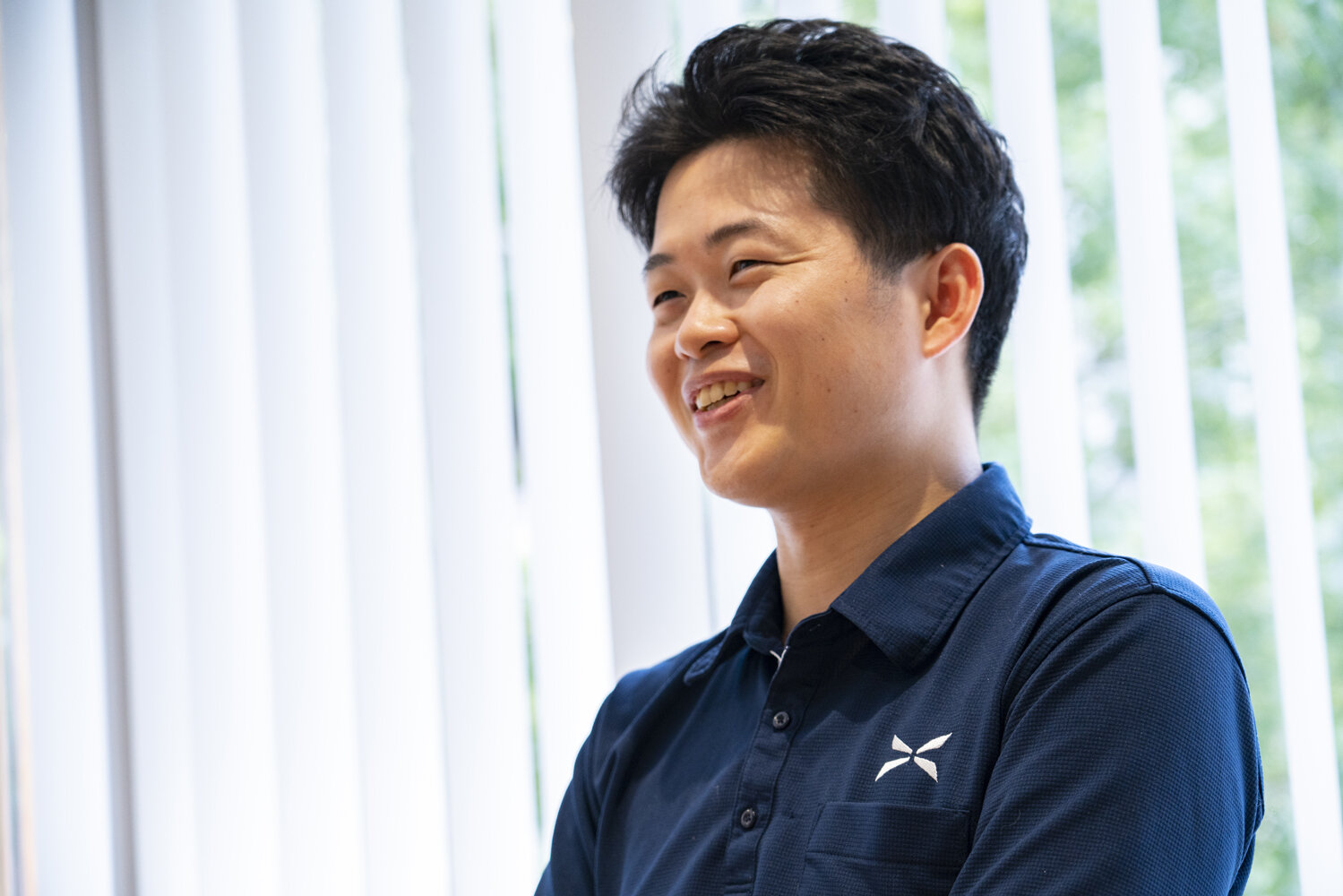
ーAfter JAXA, you went to France and joined a French aircraft manufacturer.
Yes. After returning to graduate school in France and obtained a master's degree in aerospace engineering, I joined the aircraft manufacturer Airbus. Boeing of the United States and Airbus of France are the two giants of the aerospace industry. Boeing is a company in which aerospace and military are closely related, and it is difficult to join the company without an American citizenship, whereas Airbus is a diversity-oriented company with a workforce from 150 different countries. I joined Airbus because I was attracted to the corporate culture, and worked as a flight test engineer who piloted development aircraft and performed operational tests.
However, at that time, there were frequent terrorist attacks in France, and even Airbus stopped issuing working visas. It became a situation where people outside the EU could not continue to work, and I had no choice but to return to Japan after just over a year.
ーWeren't there a lot of things left unfinished?
If I hadn't returned to Japan at that time, I probably wouldn't have started my own business. This is because France is a country that values private time, so I had become steeped in that lifestyle (laughs). On Fridays everyone drank wine from noon, on weekends we went to the sea in Marseilles, and sometimes we rented a cottage for a week and skied in the Pyrenees Mountains. Living such a lifestyle, I never occurred to me to start my own business. Compared to those days, I'm living a completely opposite life now (laughs).
After returning to Japan, I worked for drone startups in Silicon Valley and Israel, and after launching the Houston branch of the Israeli company, I returned to Japan and started Locus Blue.
Entrepreneurial path inspired by Israeli entrepreneurs
ーCould you tell us how you decided to start your own business?
Israel is a very entrepreneurial country. After graduating from high school, men are required to serve in the military for three years, and women for two years. Not only the physical military service we might imagine, there are also specialised jobs, such as developing AI-based guided missile bombing systems. Some people finish their military service and go to university, but there are a lot of people who spin off the technology they have cultivated during their military service and start a business. That is why there are so many drone, aerospace and internet security start-ups in Israel.
I was 29 years old at the time, and there were many people around me who were the same age and had already launched several startups. Most startups in Israel choose a buyout rather than IPO, so it is not unusual to see people starting their own business at the age of 21 after military service and launching several companies in a span of 3 to 5 years. I was stimulated by such an environment, and at the same time felt impatience. "I haven't done anything yet. Now is the time to do it." So I returned to Japan in August 2019 and started my business in October.
- Why did you choose to work for the construction industry?
At the beginning, my mindset was "I want to start a business", so I didn't have a concrete business idea. At an Israeli company, I was involved in 3D point cloud data analysis of mines and construction sites, and I am currently conducting a business that utilizes that technology, but at first I was thinking of a different business. It was a service that scanned the inside of a building for inspection.
However, since we have a strong technical background, we reconsidered that it would be easier to start a business that is closer to the area we had been working on. When I was working overseas, I often visited construction sites, so first I asked people in the construction industry to take me around the site, and I spent half a year asking them, "Do you have any problems?" to identify the issues.
The construction industry is facing a mountain of problems stemming from a shortage of workers stemming from a declining population. The only thing that surprised me was that the digitization of the workplace was more developed than I expected. Everyone used Dropbox normally, but specialized software hadn't caught up yet. Knowing this situation, one of the ideas I came up with was the current 3D point cloud data analysis SaaS called "Scan X".
ーBy the way, what other ideas did you have?
There were many things. There were hundreds of craftsmen at the construction site, and the problem was that they were not well managed. We came up with a product like Apple's AirTag that could be attached to a helmet for tracking. It was technically difficult and had to be made from hardware, so it was not realized, but I still think it's a good idea. I also thought about insurtech for non-life insurance companies.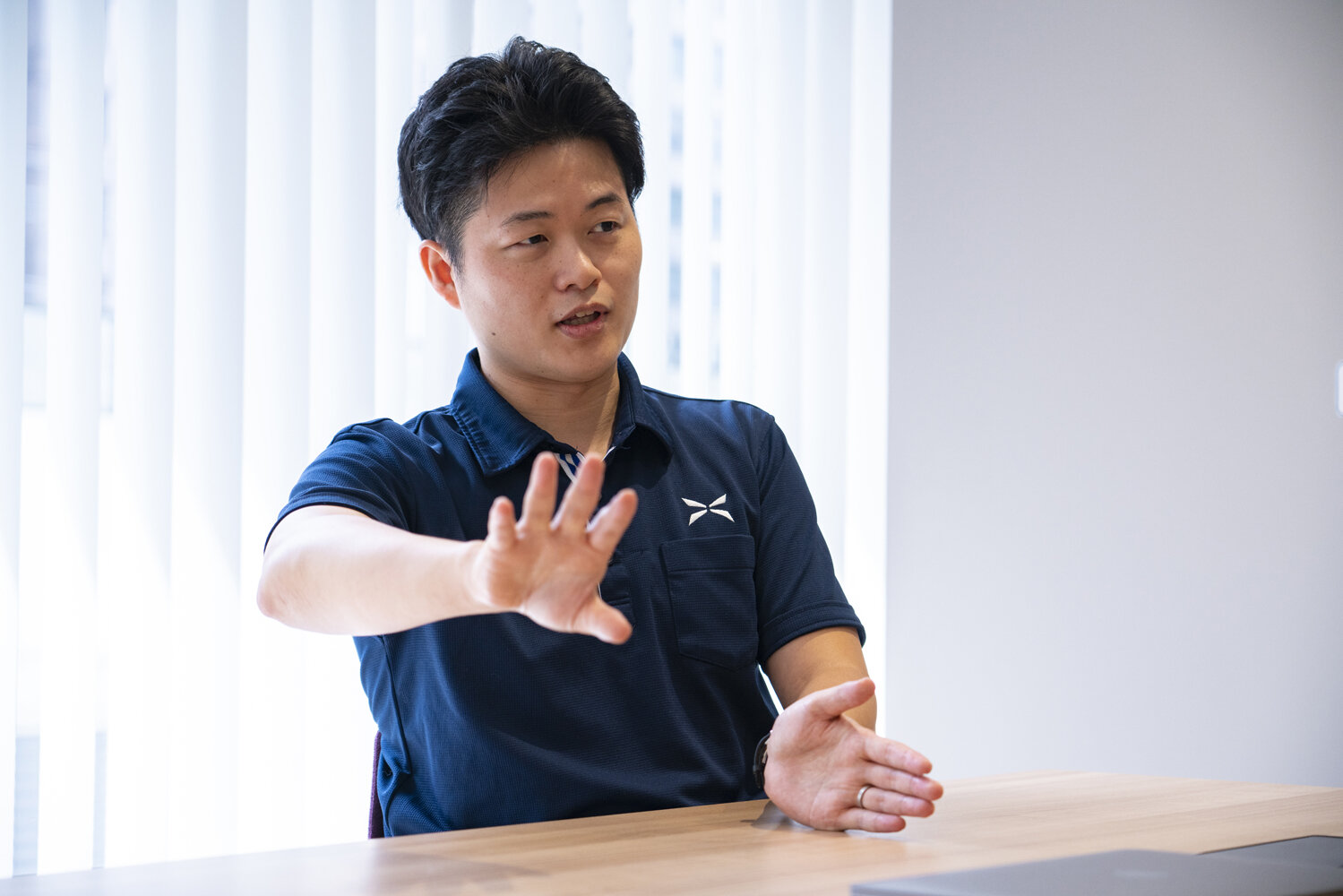
ーWhy did you decide to use "Scan X" as a business?
It was the easiest product for us to make, and it seemed to meet the needs of the industry. I, the CTO and the lead engineer at the time, made a prototype, showed it to people at the construction sites, received feedback, and made improvements. We repeated this cycle, and released Scan X six months later, in September 2020.
3D point cloud data analysis software itself has existed before, but they were all a one-off sale type to be installed on the desktop, and it was difficult to use and expensive. "Scan X" can be used for ¥29,800 per month including tax, and since it is a cloud service, you can upload and view data from anywhere, so I think it will be a big innovation.
ーIs it because of the technical difficulty that the SaaS model had not come out so far?
I think that's part of it, but since there were only a few companies that made 3D point cloud data analysis software in the first place, there was no need to develop a new product to get by. Suddenly we entered the market and started a low-cost subscription service. I think that this situation is easy to understand if you imagine the industry composition of accounting software.
There are competitors overseas, but when it comes to targeting the Japanese market, the language and the manuals from the Ministry of Land, Infrastructure, Transport and Tourism are difficult to understand, and so the barriers to entry are high. In that respect, our company has a great advantage. However, there is a good chance that latecomer startups will emerge in the future, so I feel the need to take over the market at a speed that they cannot catch up.
"Scan-X" is also useful at disaster sites
ーCould you tell us an example of how you use Scan-X?
Mainly construction and surveying sites. It has been also used in many cases disaster assessments for example at the site of a large landslide disaster. Our specialty is technology that extracts only specific data from 3D data for example, extracting data on the roof before and after the disaster to allow, quick analysis and sharing of the damage situation, etc. It is being used for understanding the current situation and restoring the situation.
After a disaster occurs, a disaster assessor visits the site and assesses the construction methods and costs required for restoration work, but until now there were some aspects of the assessment method that could not be quantified. We are also working on a project to quantify this in collaboration with the Ministry of Land, Infrastructure, Transport and Tourism.
-Did you get any inquiries from the industry that you didn't expect?
Forestry was a surprise. The Forestry Agency is working to purchase mountains in Japan and digitize them. Our company has also conducted joint research with the University of Tokyo and developed an algorithm to extract trees growing in mountains one by one and automatically calculate the number and height of the trees. We are receiving inquiries from all quarters. In order to prevent forest fires caused by trees getting caught in high-voltage lines, we have created an algorithm that extracts data of both power lines and trees, which is being provided to electric power companies. There is also demand from overseas where forest fires occur frequently. In addition, we have received requests to scan an entire world heritage site and preserve it in digital archives.
With the LiDAR scanner installed on the iPhone, the range of 3D point cloud data utilization will likely expand further. When moving house, it was very convenient to be able to measure the dimensions of the curtains and the placement of home appliances with the LiDAR scanner. Scanning and digitizing disaster sites with an app allows quicker response, so we are working on application development through APIintegration
ーI have the impression that you have been on a steady course since the company was founded. We would like to hear about any episodes of hitting the wall.
Actually, there were various hard things, but I think it is going well if you look at it objectively. However, I was always worried about whether it would fit the product market. I am not from the construction industry, so I didn't know if this product would really sell or whether it would hit the market until it was released.
That's why I was particular about MVP (Minimum Viable Product). I released a product with only the minimally necessary functions and watched the reaction of the sites. There is usually a gap between what users want and what we think they want. I think it was probably a30-point product when we first released it , but there were people who still signed up, so we installed it immediately based on their feedback and had them use again... We completed the product through the repetition of this cycle. It was impossible for software in the construction industry to immediately reflect customer feedback, so customers have become our core fans and support us. We are very grateful for the fact that the number of users has increased due to customer reviews.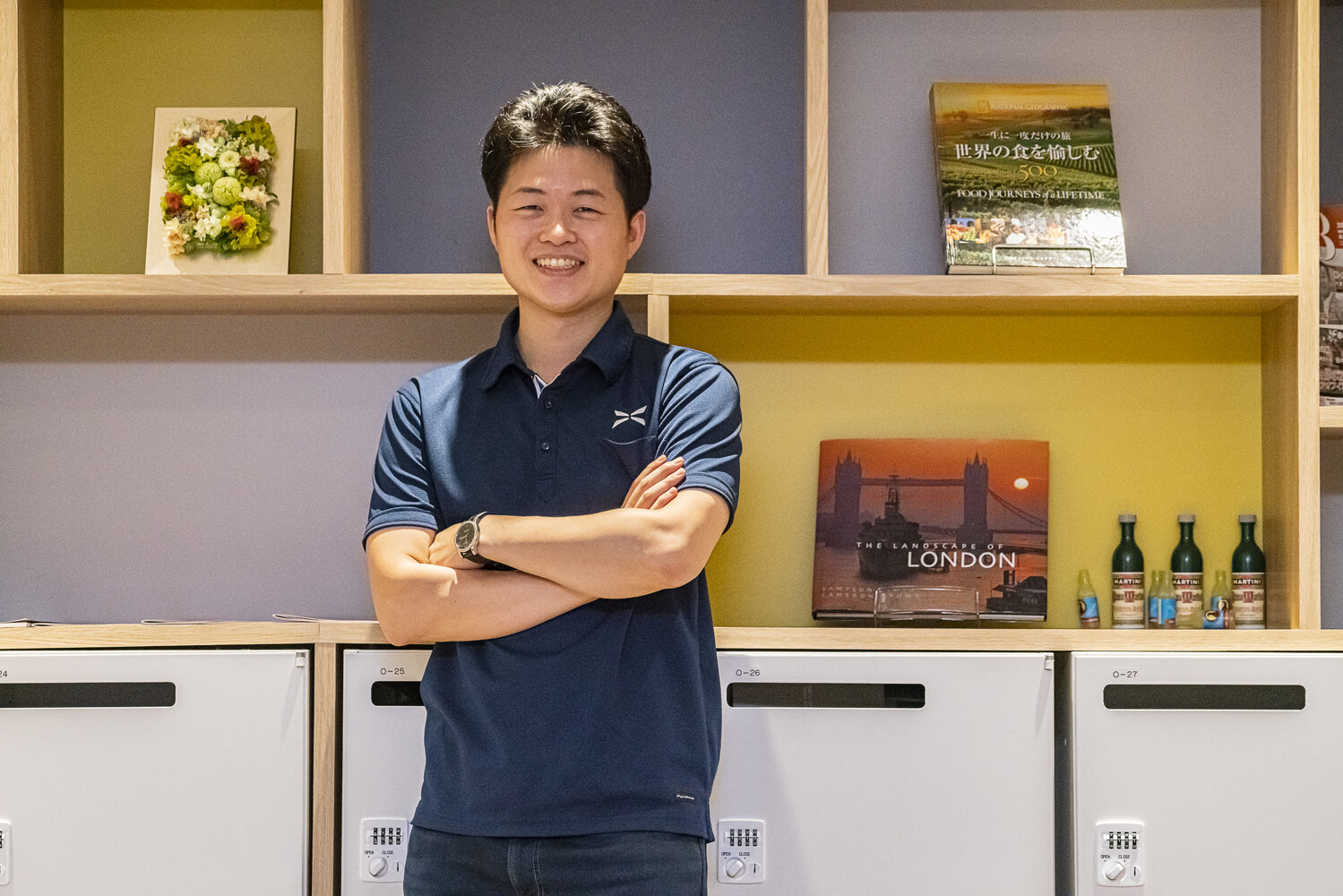
Using our technology to innovate in a challenging industry
ーPlease tell us about your first encounter with JAFCO.
I was first contacted by Mr. Kato, who is a professional investor, at the time of founding. At that time, we hadn't finalized our business idea yet, so we ended up raising seed funds from another VC, but after that, we met regularly about once every three months.
After releasing "SCAN-X", I gained some traction, received a lot of feedback from users, and had a better idea of how to evolve the product to capture the market. Then, we began looking into new financing to accelerate the business. Of the 20 companies, including overseas VCs that we listed, I actually met with about 10 companies and underwent due diligence with 5 to 7 companies.
Entrepreneurs have a strong desire to procure funds from people they can trust. I have met with JAFCO many times since our founding, and they know about the changes that have taken place. In addition, Mr. Kato is a person who is very enthusiastic about researching the market and business, and even visited the exhibition and helped us create a business plan. I like that kind of enthusiasm, so I decided to ask him this time.
ーWhat kind of support do you currently receive?
We hold online meetings almost every week to discuss business plans, recruitment support, and lead referrals. Since I tend to feel closer to investors, I do not hesitate to ask for help as a fellow passenger on the same boat.
Two investment professionals, Mr. Kato and Ms.Numata, are in charge of our company.Ms. Numata is calm and experienced, and knows a lot of start-up "stuff" and can be relied on. I also feel that the fact that we are supported by two different types of people ensures a good balance.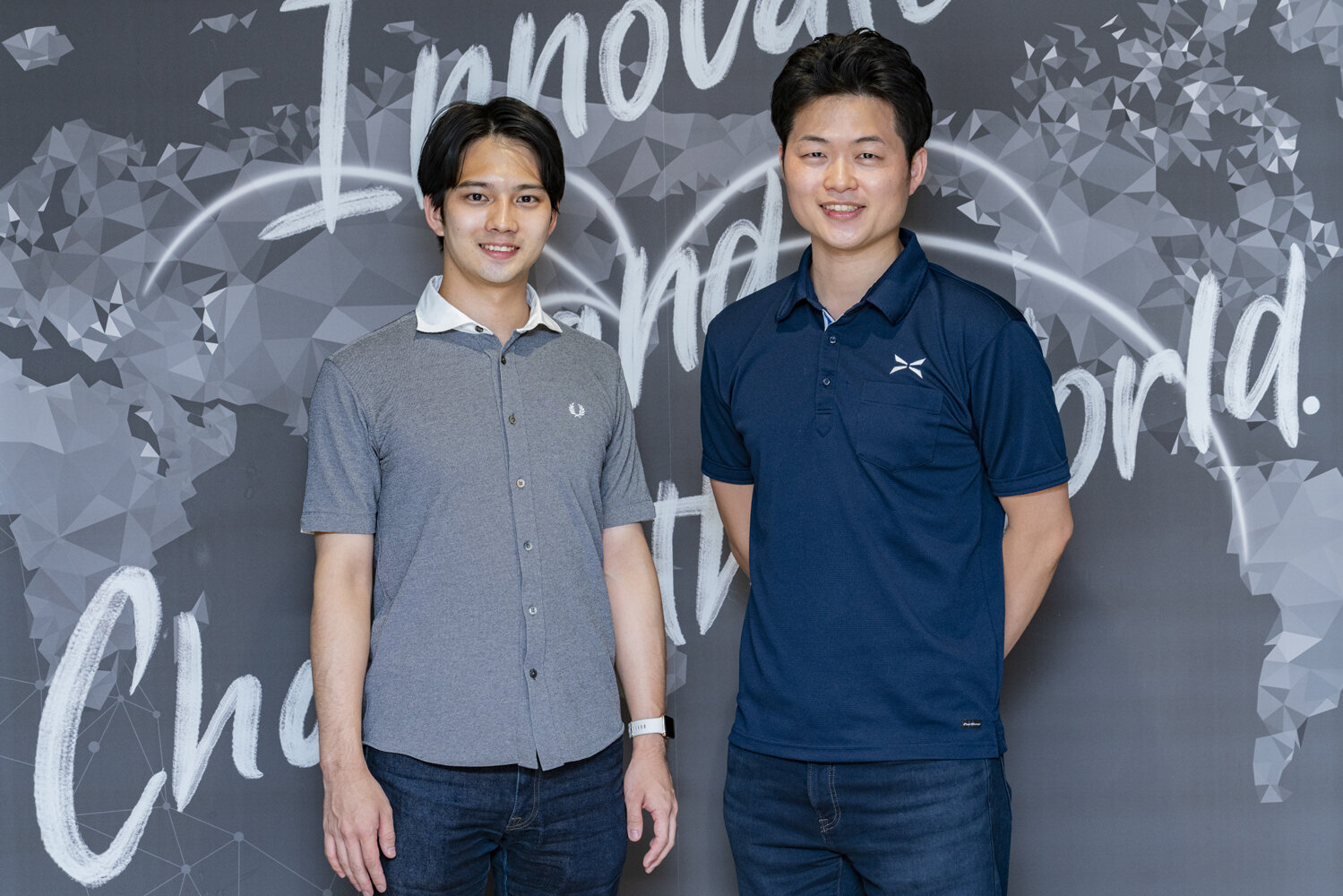
Mr. Miyatani and JAFCO ventre capitalist Ryosuke Kato (left)
-I think you will also focus on expanding the organization in the future. Is there anything you focus on when building an organization?
Currently, there are about 20 employees, half of whom live overseas. Users are mainly Japanese, but engineers are foreigners, so the gap is becoming an issue.We want to recruit the right people to fill the gap. Also, as the number of people increases, it will become necessary to divide them into divisions and set KPIs for each division, which is exactly what I am working on with Mr. Kato. Our company is not a one-man company, but each employee has a clear direction for what is to be achieved . Newly joined people often say that the atmosphere is good, so I would like to continue to foster a culture that makes it easy for everyone to work.
-Lastly, Mr. Miyatani, please tell us what you want to achieve in the future and what your aspirations are as an entrepreneur.
I always want to be customer centric. After all, I'm somewhat like an engineer, so I'm happy when "customers are happy using it." In the case of artificial satellites and airplanes, it may take 10 years before they are actually used, but with startups, products are delivered to customers as soon as they are created, and they ask for feedback. That is very interesting.
At our company, there are people who have a strong sense of mission to use our technology to change an industry with many issues, including myself. We are currently focusing on the construction industry, but we would like to bring about innovation that only we can do, regardless of the industry.

